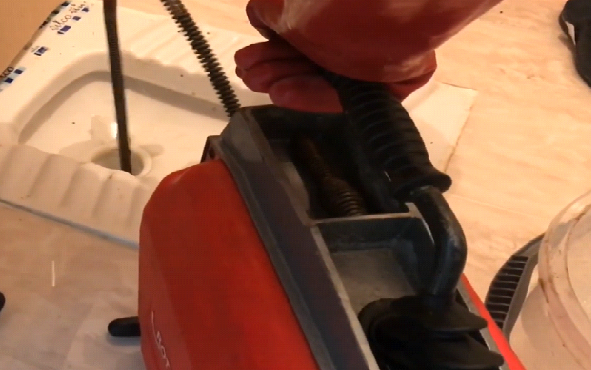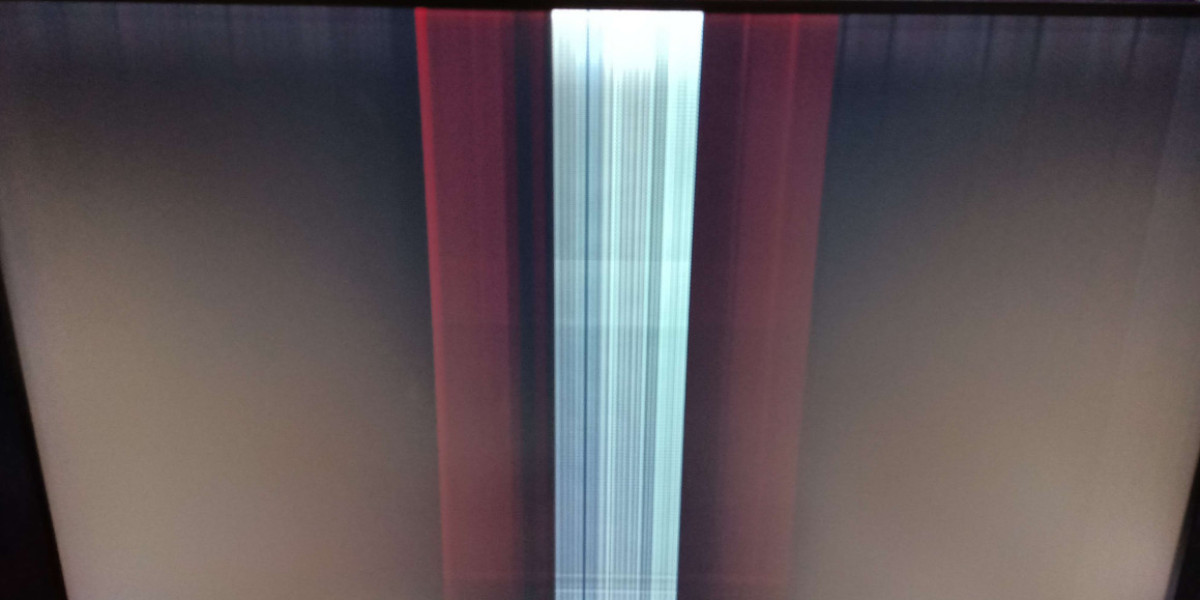Enterprise Asset Management (EAM) software has emerged as an indispensable tool for organizations aiming to maximize the performance and longevity of their physical assets. From manufacturing plants and utilities to healthcare facilities and transportation fleets, EAM platforms provide a unified framework for tracking, maintaining, and optimizing everything from machinery and vehicles to critical infrastructure. Below, we explore why EAM software is so valuable, key features to look for, implementation best practices, and tips for selecting the right solution for your organization.
Why Your Organization Needs EAM Software
Improved Asset Visibility
EAM systems centralize all asset data—location, specification, maintenance history, warranty information, and more—into a single, accessible repository. This visibility enables managers to make data-driven decisions, forecast potential failures, and allocate resources more efficiently.Reduced Downtime and Maintenance Costs
By automating maintenance scheduling, generating work orders, and tracking repair histories, EAM software helps prevent unexpected breakdowns. Proactive maintenance translates into fewer emergency repairs, lower labor costs, and minimized production interruptions.Regulatory Compliance and Audit Readiness
Many industries face stringent regulations regarding equipment safety, environmental impact, and maintenance records. EAM platforms include built-in compliance tracking, document management, and audit trails that ensure you can demonstrate adherence to regulatory standards at any time.Extended Asset Lifecycles
Regular upkeep guided by data-driven insights extends the useful life of assets, protecting capital investments. EAM analytics identify underperforming equipment or inefficiencies, prompting timely interventions before minor issues become major problems.Enhanced ROI and Sustainability
Optimizing asset performance reduces waste, energy consumption, and spare-parts inventory. Over time, the cumulative savings in maintenance spend, energy costs, and asset replacements contribute to a stronger environmental and financial bottom line.
Core Features to Look For
Work Order Management
Create, assign, and track maintenance tasks with ease. Look for mobile-friendly interfaces so technicians in the field can update job status in real time.Preventive and Predictive Maintenance
Beyond simple calendar-based scheduling, advanced EAM systems leverage IoT sensors and machine-learning algorithms to predict failures before they happen, based on vibration, temperature, or oil-analysis data.Inventory and Spare-Parts Control
Optimize stock levels with automated reorder alerts, supplier management, and serial-number tracking—to ensure parts are on hand when needed, without overstocking.Asset Hierarchy and Tagging
Organize equipment into parent–child relationships (e.g., a production line composed of multiple machines). Tag assets by location, department, cost center, or any custom attribute for precise reporting.Reporting and Dashboards
Out-of-the-box reports and customizable dashboards provide insights into mean time between failures (MTBF), mean time to repair (MTTR), maintenance backlog, and other key performance indicators (KPIs).Integration Capabilities
Ensure seamless data exchange with ERP, SCADA, GIS, and other enterprise systems. Open APIs and prebuilt connectors accelerate integration projects.Mobile Access
A responsive mobile app empowers technicians to view asset histories, update work orders, scan barcodes, and attach photos or signatures—all on the go.
Best Practices for EAM Implementation
Define Clear Objectives
Establish measurable goals—such as reducing downtime by 20% or cutting maintenance costs by 15%—and align your EAM configuration to support those targets.Cleanse and Migrate Data Thoughtfully
Accurate asset hierarchies, documented maintenance histories, and correct part numbers form the foundation of any successful EAM rollout. Allocate sufficient time to validate and migrate existing data.Engage Stakeholders Early
Maintenance teams, IT departments, procurement, and finance all have vested interests in an EAM system’s success. Involve key users in requirements gathering, testing, and training to drive adoption.Iterative Rollout
Start with a pilot deployment—perhaps one plant, fleet, or business unit—then gradually expand. This approach minimizes risk, allows for lessons learned, and builds momentum.Continuous Training and Support
Even the best-designed system falters if users aren’t comfortable using it. Provide role-specific training, quick-reference guides, and an accessible helpdesk.
How to Choose the Right EAM Software
Assess Industry Fit
Some vendors specialize in oil & gas, others in healthcare or utilities. Prioritize solutions with proven track records in your sector.Scalability and Flexibility
Your asset portfolio will evolve over time. Select a platform that can scale to thousands of assets and accommodate new modules (e.g., energy management or sustainability tracking).Total Cost of Ownership (TCO)
Evaluate licensing fees, implementation costs, ongoing support and maintenance, and any charges for additional users or modules.Vendor Reputation and Roadmap
Research customer reviews, analyst reports, and product roadmaps. A vendor committed to continuous innovation—especially around IoT and AI capabilities—will help future-proof your investment.Trial and References
Whenever possible, request a proof-of-concept or sandbox environment. Speak with current customers—particularly those with similar scale and complexity—to understand real-world performance.








